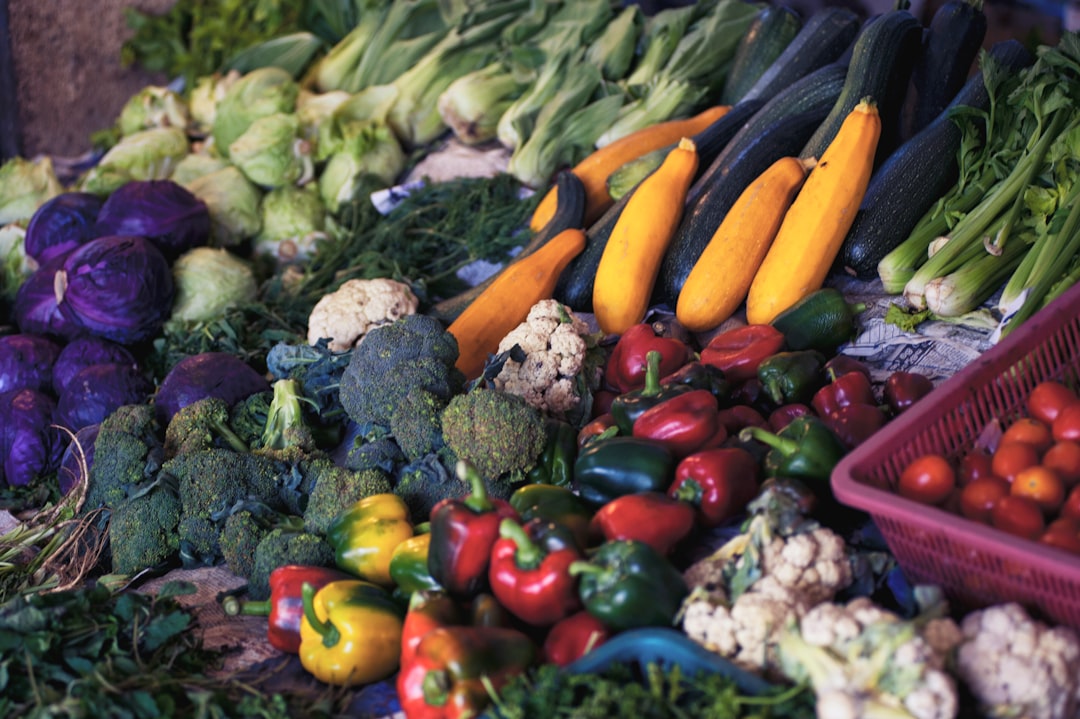Creating a vegetable garden that produces throughout the year is an exciting way to enjoy fresh, home-grown produce in every season. With a little planning and the right techniques, you can extend your growing season—even in climates with harsh winters or hot summers. This post will guide you through strategies for year-round vegetable gardening and offer season extension tips tailored to various climates.
Understanding Your Growing Zone
Before planning your garden, it’s essential to know your USDA Hardiness Zone (or your region’s equivalent). This information helps you understand the typical temperature ranges and frost dates, which will influence:
-
Plant Selection: Choose vegetables suited to your climate.
-
Planting Times: Schedule sowing and transplanting based on your local frost dates.
-
Season Extension Techniques: Adapt methods to protect your garden during cold snaps or extreme heat.
Planning for Each Season
Spring and Summer: Maximizing Growth
-
Start Early: Use cold frames or cloches to start seedlings before the last frost date. These simple tools warm the soil and protect young plants.
-
Succession Planting: As early crops finish, sow quick-growing vegetables like lettuce, radishes, or bush beans to keep the harvest coming.
-
Mulching: Apply organic mulch around your plants to conserve moisture, reduce weed competition, and keep the soil temperature steady during the summer heat.
Fall and Winter: Extending the Season
-
Cold-Hardy Crops: Plant vegetables such as kale, spinach, carrots, and garlic in late summer for a fall harvest. Many of these crops thrive in cooler temperatures.
-
Season Extenders: Use row covers, hoop houses, or low tunnels to protect crops from frost. These structures trap heat and shield plants from harsh winter winds.
-
Indoor Gardening: Consider growing herbs and microgreens indoors or in a sunny window to supplement your outdoor garden during the cold months.
Techniques for Season Extension
1. Cold Frames and Cloches
-
Cold Frames: These are simple, box-like structures with a transparent top that uses sunlight to warm the soil and air. Cold frames allow you to start seeds early and continue growing vegetables well into the cooler months.
-
Cloches: Individual plant protectors, such as glass or plastic domes, can cover sensitive vegetables to provide extra warmth and protection from frost.
2. Hoop Houses and Low Tunnels
-
Hoop Houses: Larger than cold frames, hoop houses are semi-permanent structures made of a metal or PVC frame covered with clear plastic. They create a greenhouse effect, extending your growing season by several weeks.
-
Low Tunnels: Ideal for smaller gardens, low tunnels are rows of crops covered with a lightweight plastic film. They are less costly than hoop houses and easy to install, providing protection against frost while allowing air circulation.
3. High Tunnels and Greenhouses
-
High Tunnels: Similar to hoop houses but taller, high tunnels allow for the growth of larger or taller plants. They can be left in place year-round and may even be used for off-season production with proper ventilation.
-
Greenhouses: For gardeners with space and budget, greenhouses offer the ultimate control over growing conditions. They enable you to cultivate a wide variety of vegetables regardless of external weather conditions.
Adapting Techniques for Various Climates
Cooler Climates
-
Frost Dates: Emphasize using cold frames, hoop houses, and row covers to combat short growing seasons and unexpected frosts.
-
Winter Crops: Focus on vegetables that thrive in cooler weather, such as brassicas (broccoli, Brussels sprouts) and root vegetables.
-
Heat Retention: Incorporate thermal mass elements (like water barrels) near your garden to absorb and slowly release heat.
Warmer Climates
-
Heat Management: Use shade cloths during the hottest months to prevent sunscald and reduce water evaporation.
-
Drought-Resistant Varieties: Select vegetable varieties known for their heat and drought tolerance.
-
Irrigation Systems: Drip irrigation or soaker hoses are essential to conserve water and ensure consistent moisture levels.
Planning Your Year-Round Garden
-
Map Your Garden: Create a layout that considers sun exposure, wind direction, and water access. Divide your garden into sections that can be adapted for different crops throughout the year.
-
Rotate Crops: Practice crop rotation to maintain soil health and reduce the risk of pests and diseases.
-
Plan for Overlap: Stagger planting dates so that as one crop is harvested, another is ready to take its place. This continuous cycle keeps your garden productive across seasons.
-
Experiment and Learn: Start with a few season extenders and adjust based on your local weather patterns. Over time, you’ll learn which techniques work best for your backyard.
Conclusion
Growing a year-round vegetable garden may sound challenging, but with the right strategies and tools, it’s entirely achievable—even for those in climates with harsh winters or hot summers. By understanding your local climate, planning for each season, and utilizing techniques like cold frames, hoop houses, and greenhouses, you can enjoy a steady supply of fresh produce throughout the year. Embrace the challenge, experiment with different methods, and watch your backyard transform into a thriving, sustainable source of nourishment all year long.

Comments
No comments yet. Be the first to comment!
You must be logged in to comment. Login